Illustrations of the Everyday by Takeda Yoshifumi
The illustrator has a penchant for the most ordinary details in his environment and immortalises them on paper using ink or pencil.

© Takeda Yoshifumi
A carton of fruit juice, plants, shoes, or figures like Mother Theresa, John Fitzgerald Kennedy, or Martin Luther King… The creations produced by Takeda Yoshifumi, an illustrator born in 1982, are many and varied.
The artist, who works mainly using pencil or ink, has been sketching out his graphic universe for some years now. A graduate of Osaka University of Arts, he first took an interest in film posters and title animation. ‘The work of Saul Bass and Pablo Ferro had a considerable influence on me. But I wanted to return to drawing, which I’d been passionate about since childhood’, the illustrator explains in an interview with Pen.
Counterculture, science fiction, and comic books
After a quick detour via motion design, Takeda Yoshifumi threw himself fully into illustration, notably for the Japanese fashion magazine Popeye that launched his career. ‘I work on personal creations, but also for brands for whom I am charged with creating an artistic expression that reflects the client’s wishes, without betraying my style’, explains Takeda Yoshifumi.
The style in question is sober, made up of fine lines, mainly in black and white. Some of his creations leave more room for colour, with flat tints of pastel tones, added using either digital tools or watercolours.
The Tokyo-based artist takes inspiration from multiple sources, as varied as science fiction films, the American counterculture magazine Whole Earth Catalog, French comic book author Jean Giraud, and Japanese artist Hisamitsu Noguchi, the creator of numerous film posters.
Takeda Yoshifumi’s creations can be found on his website.
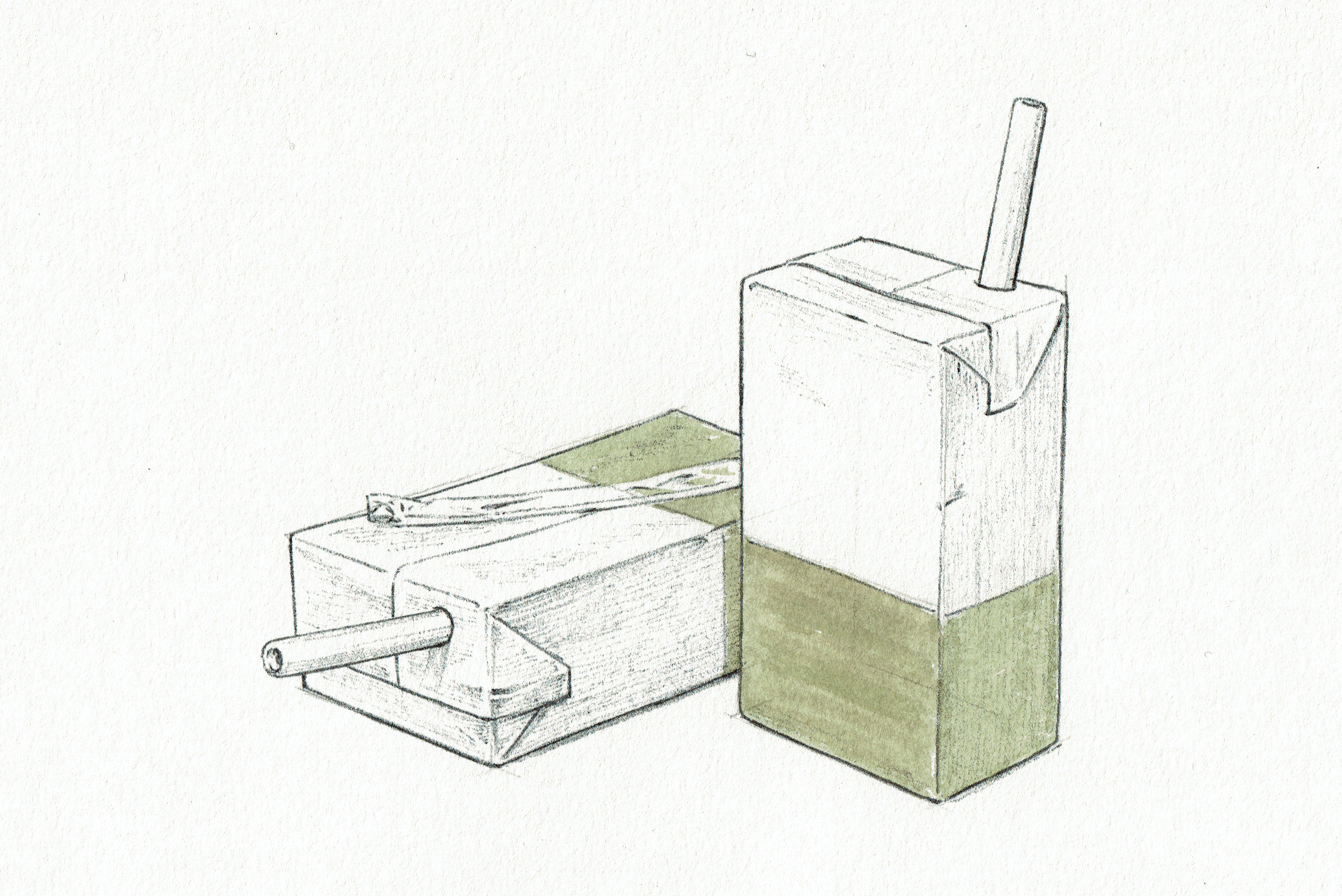
© Takeda Yoshifumi
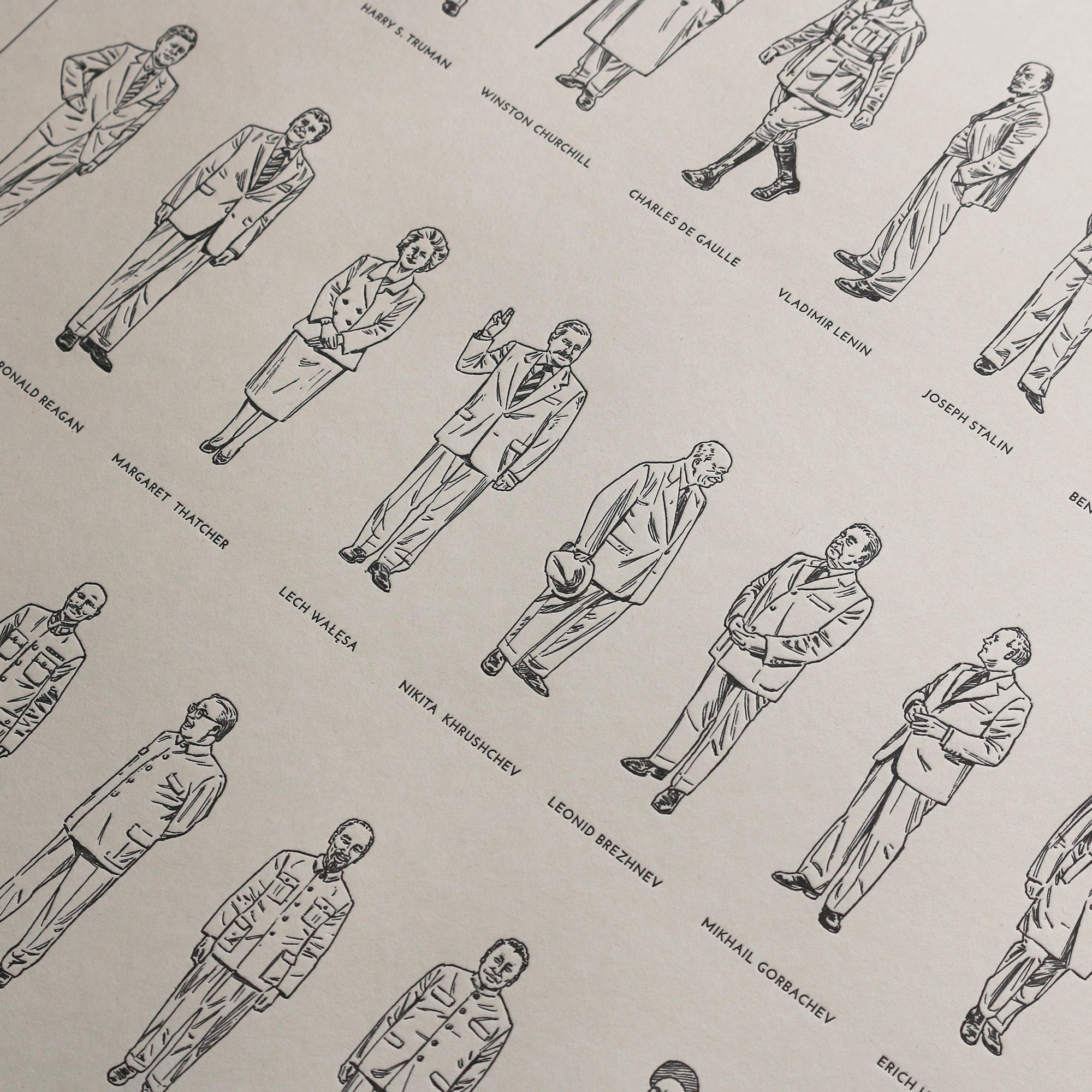
© Takeda Yoshifumi
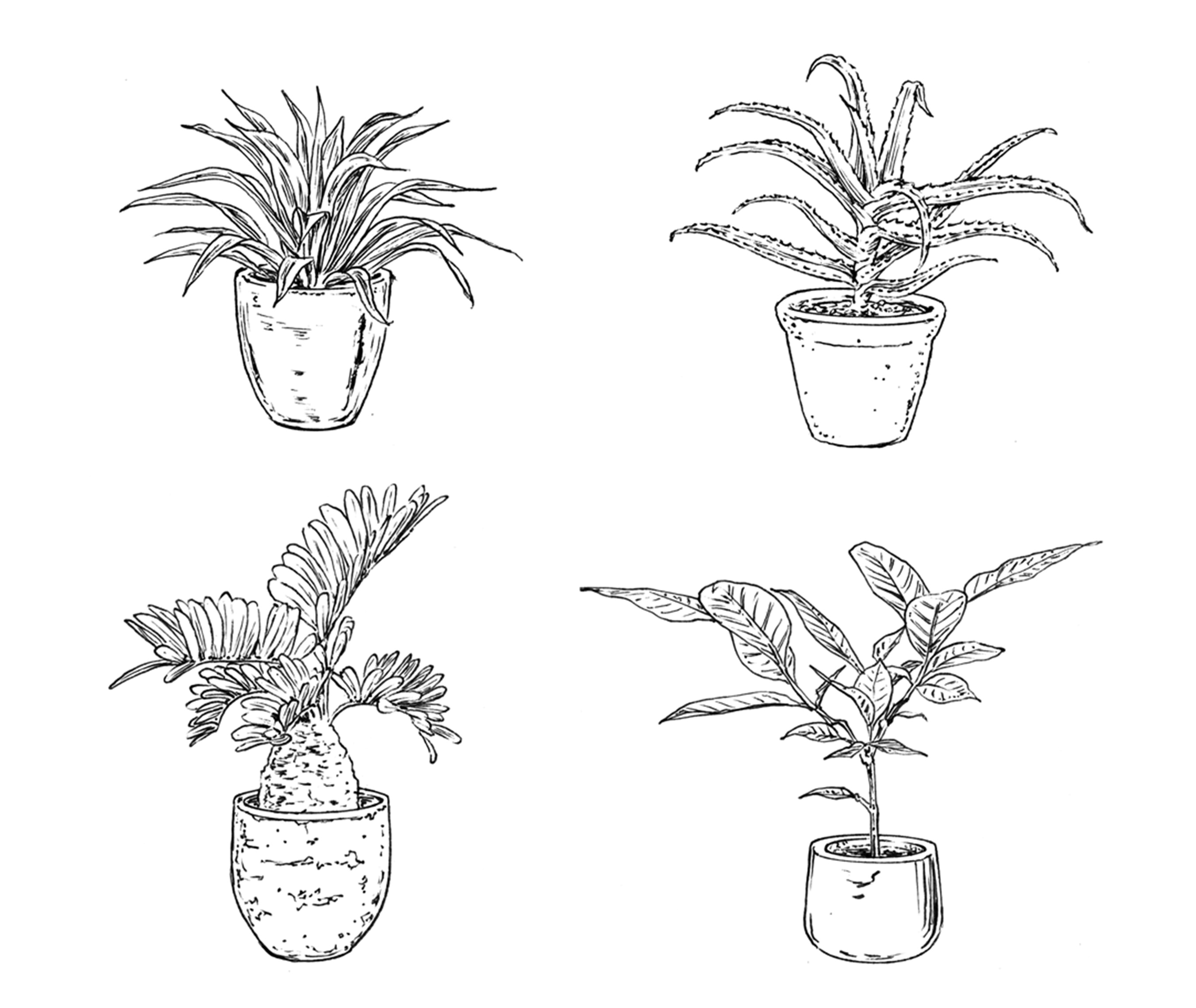
© Takeda Yoshifumi

© Takeda Yoshifumi
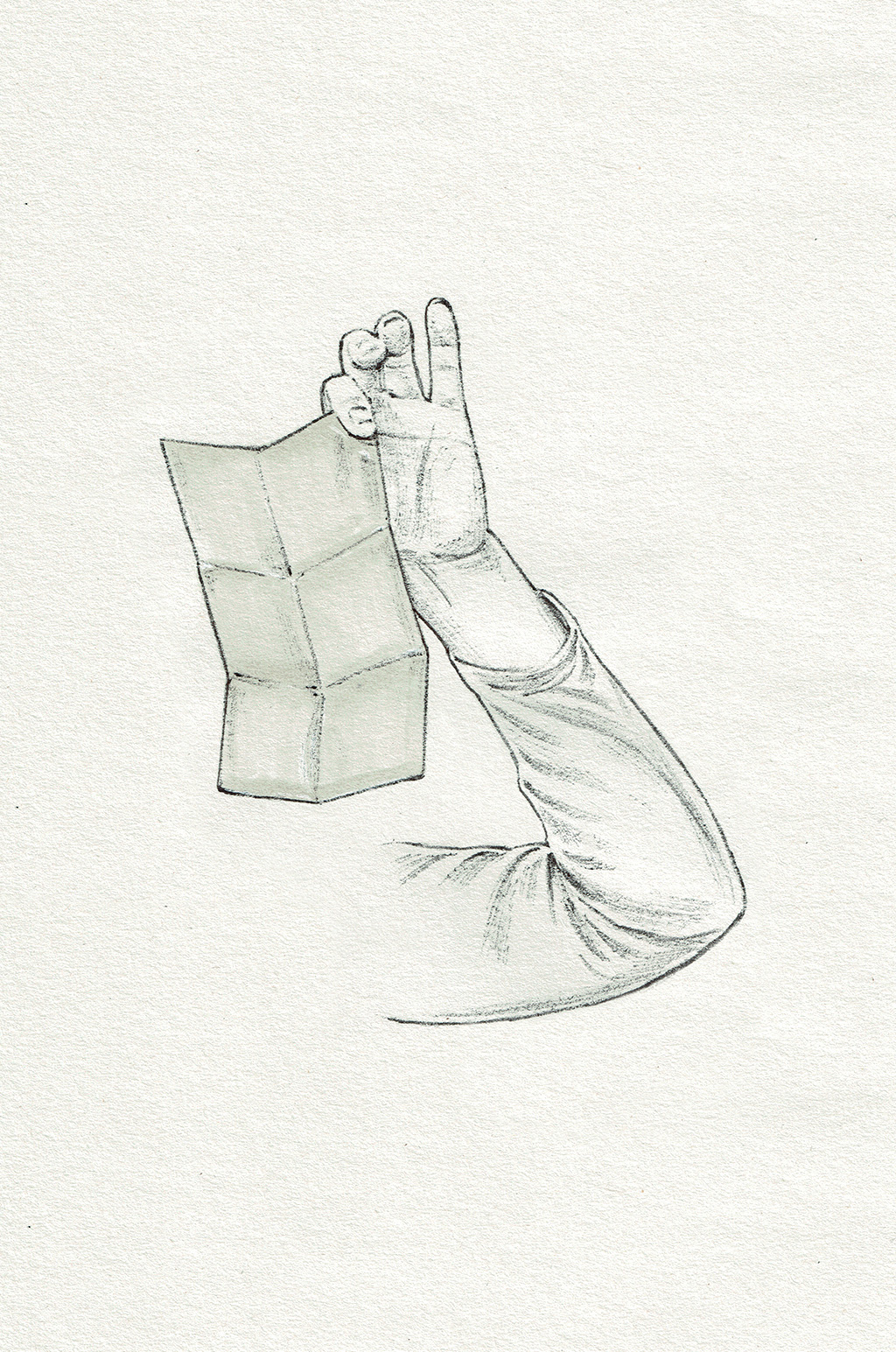
© Takeda Yoshifumi
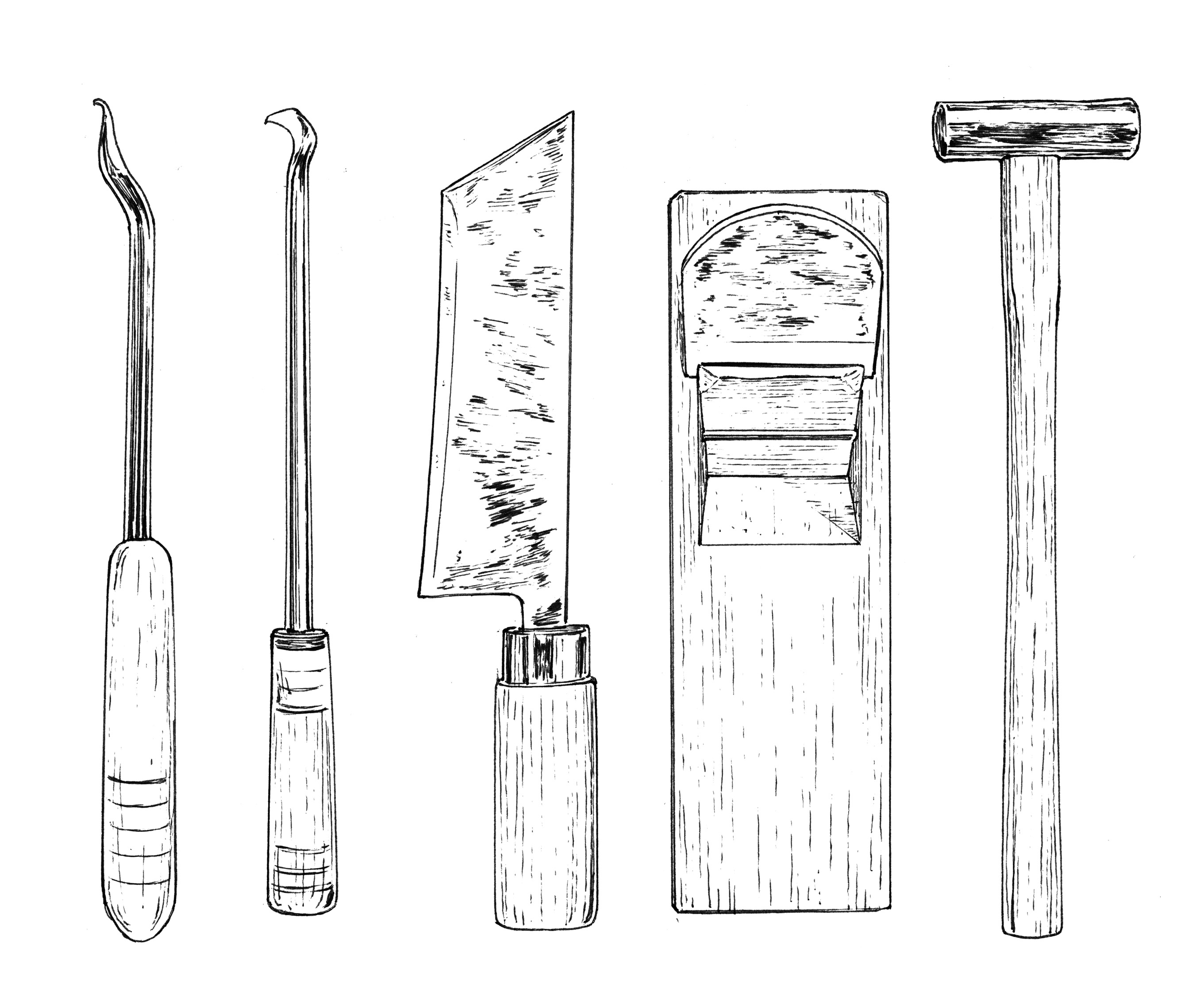
© Takeda Yoshifumi
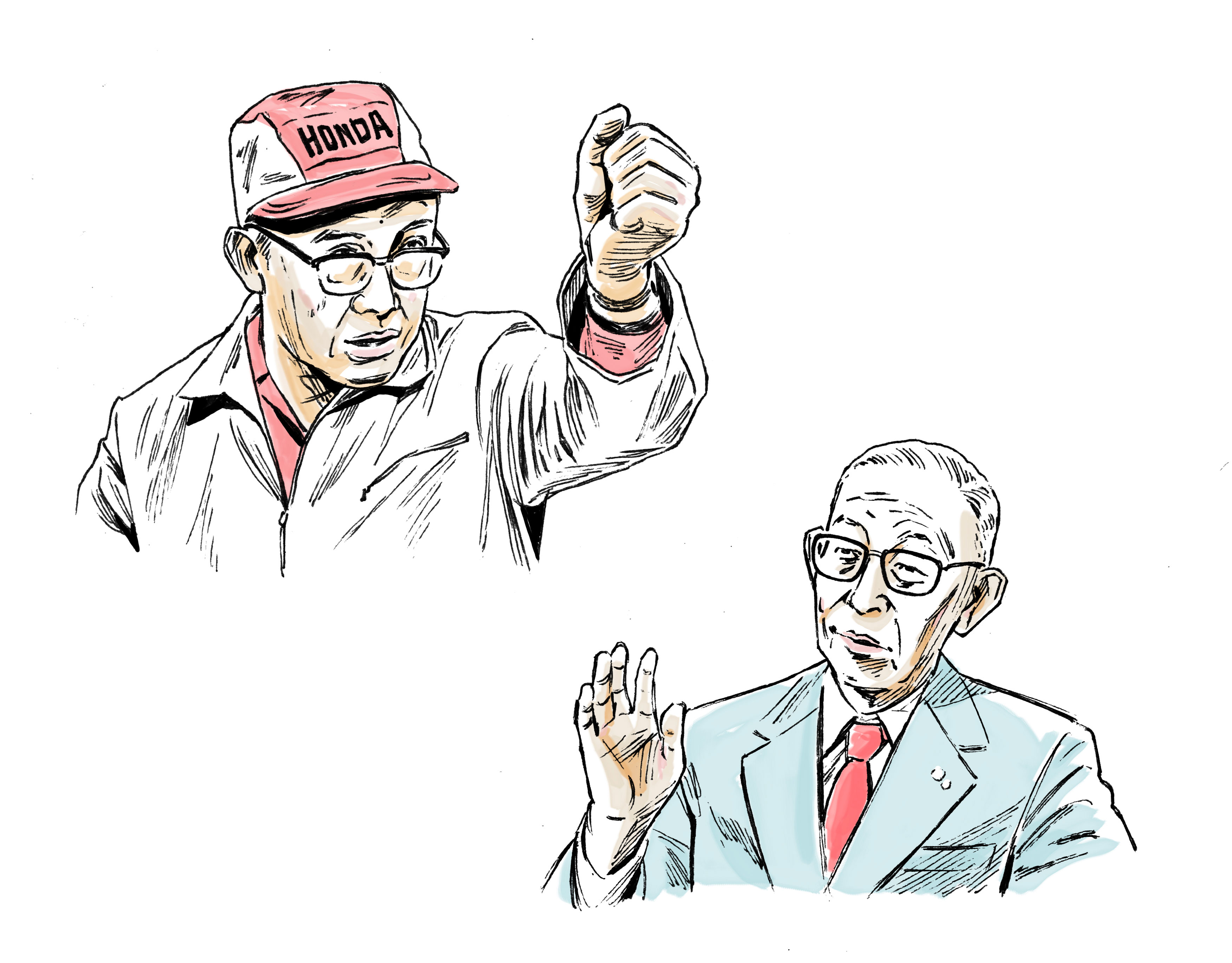
© Takeda Yoshifumi
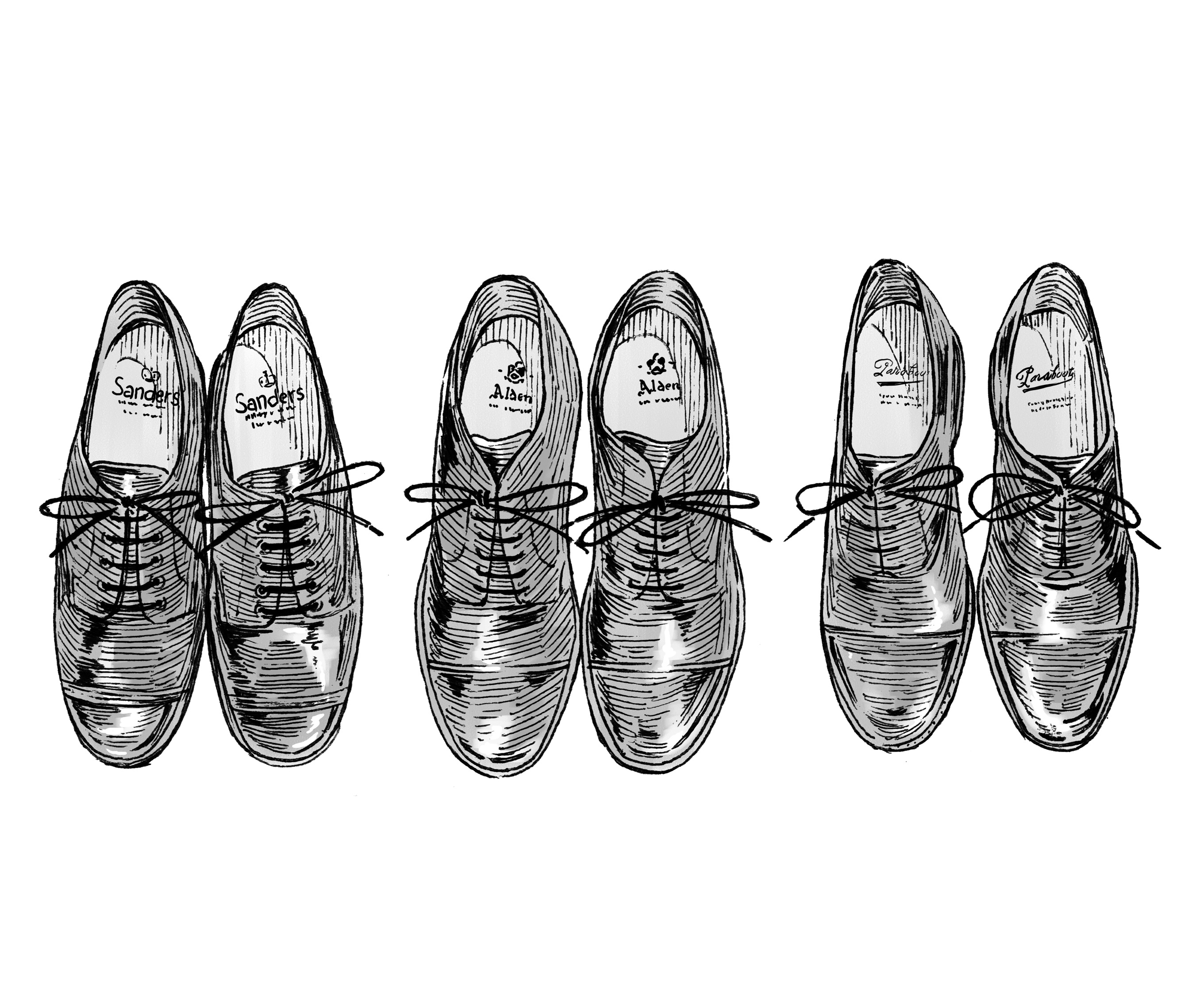
© Takeda Yoshifumi
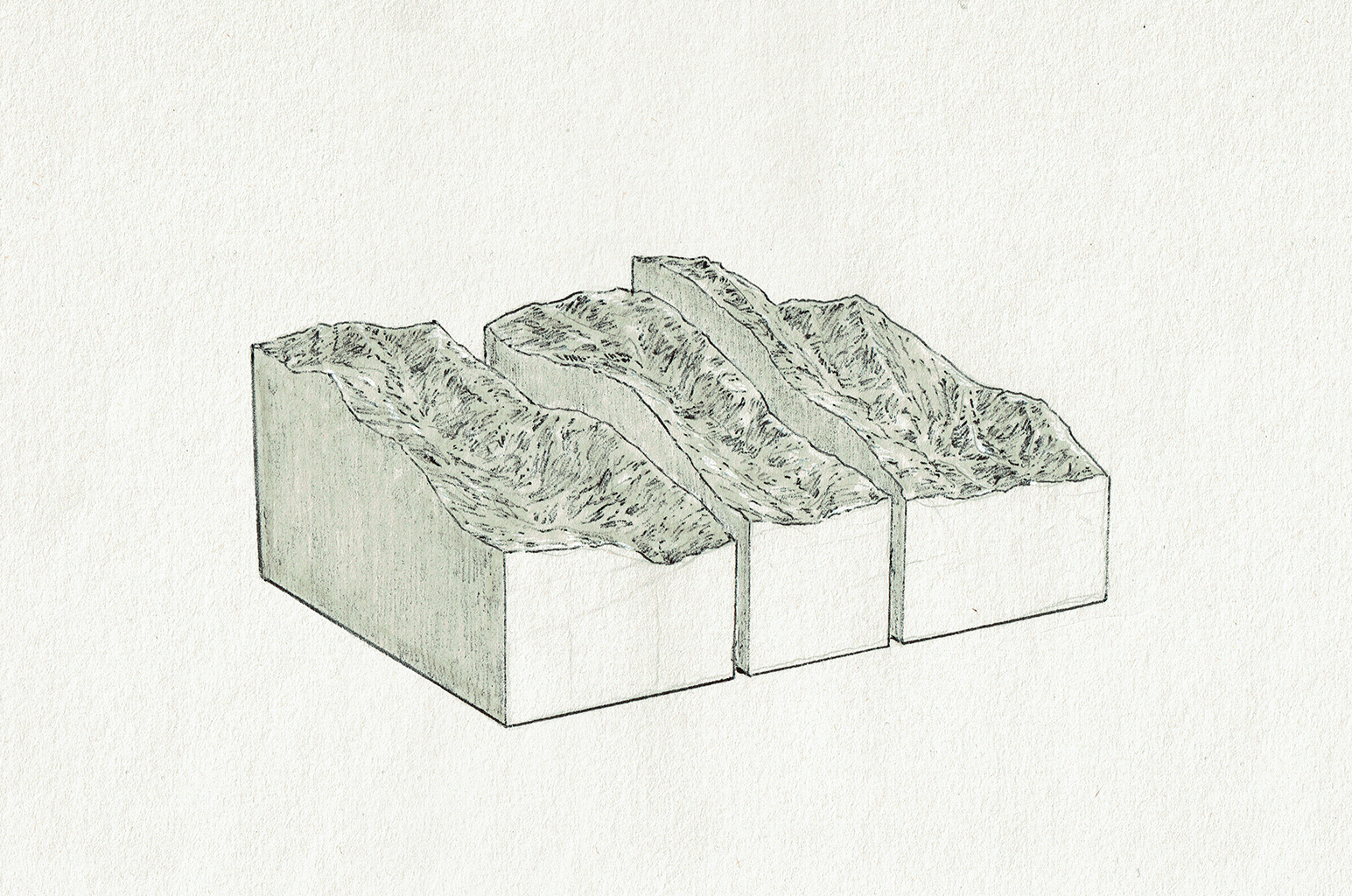
© Takeda Yoshifumi
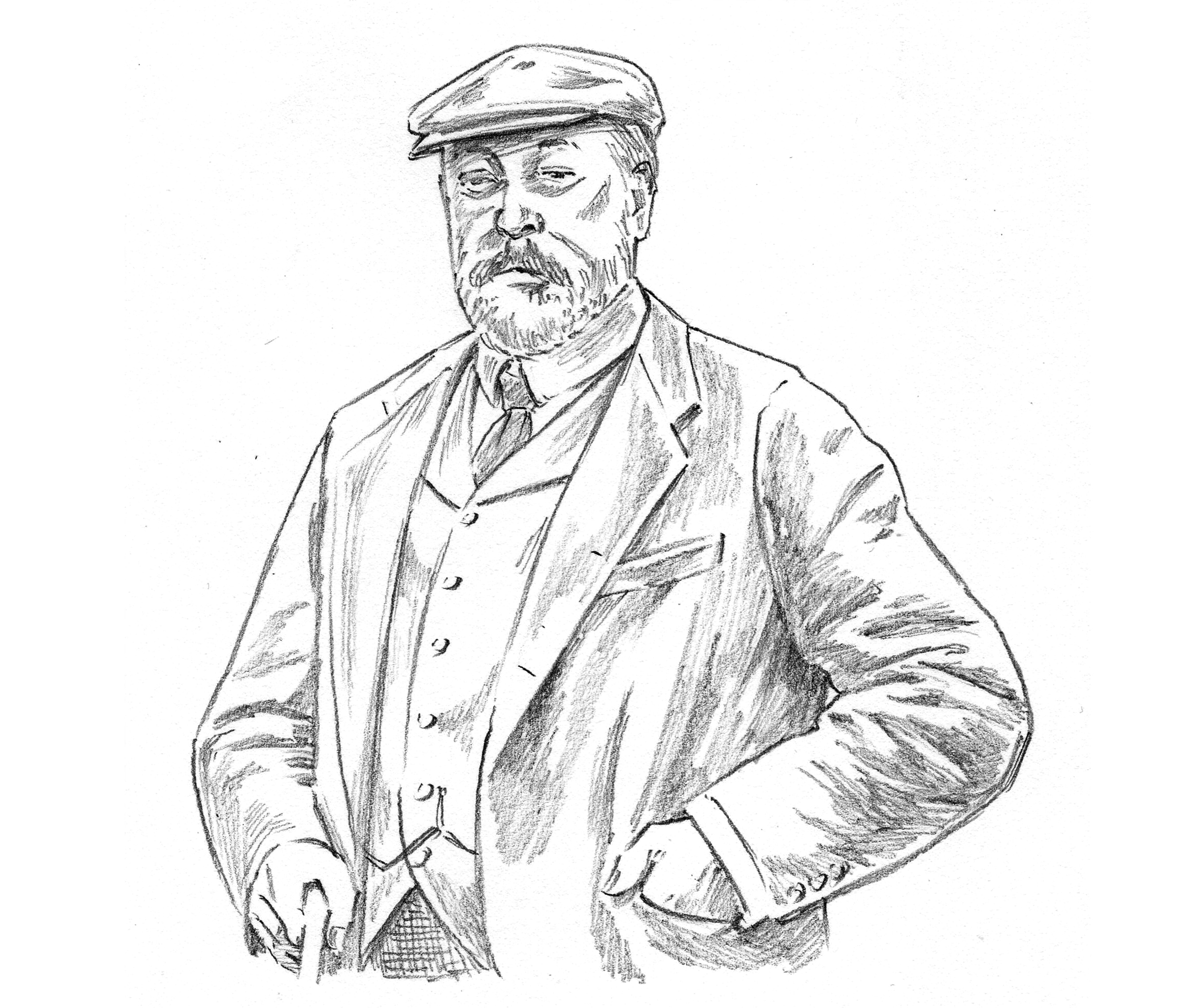
© Takeda Yoshifumi
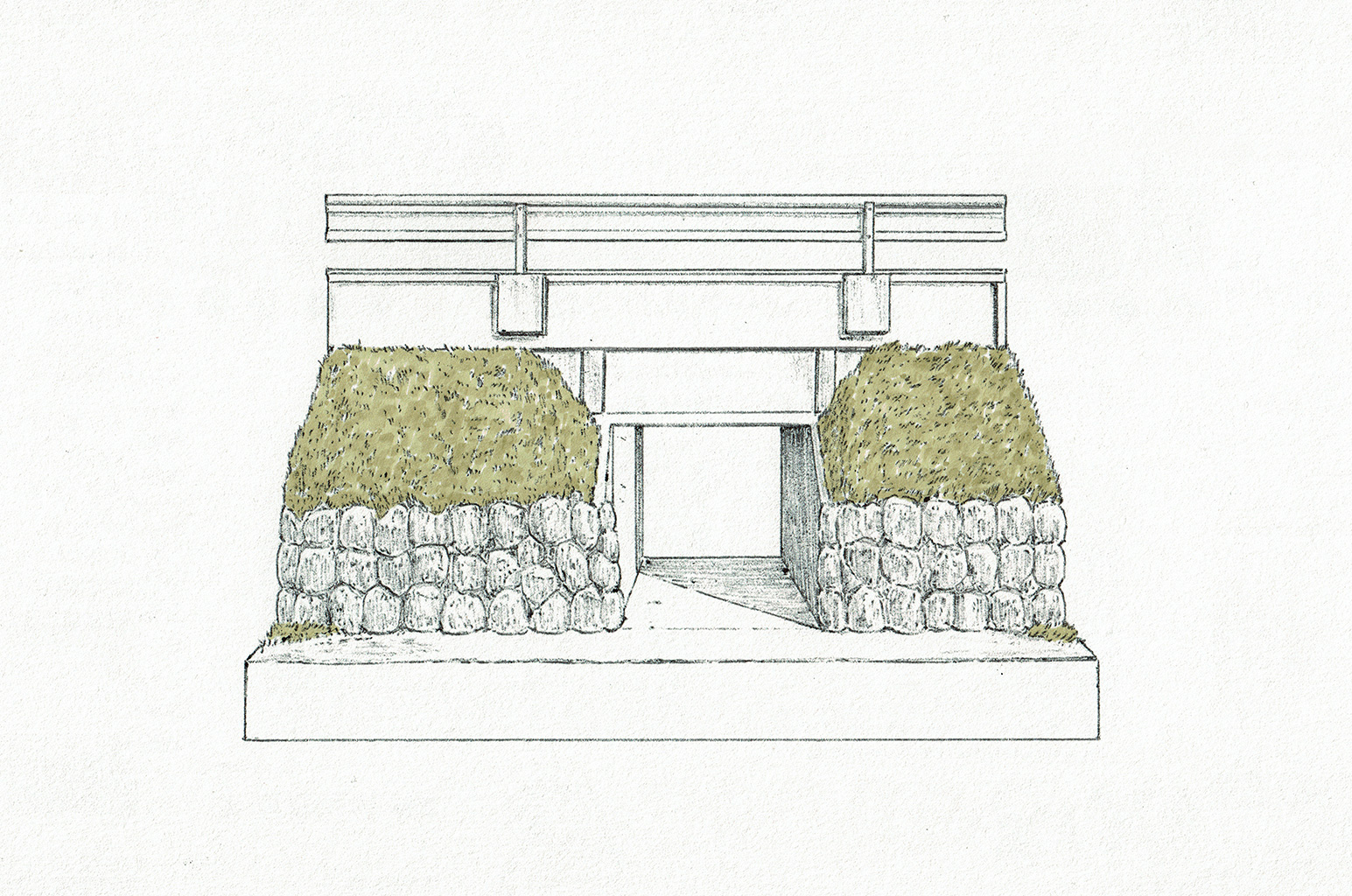
© Takeda Yoshifumi
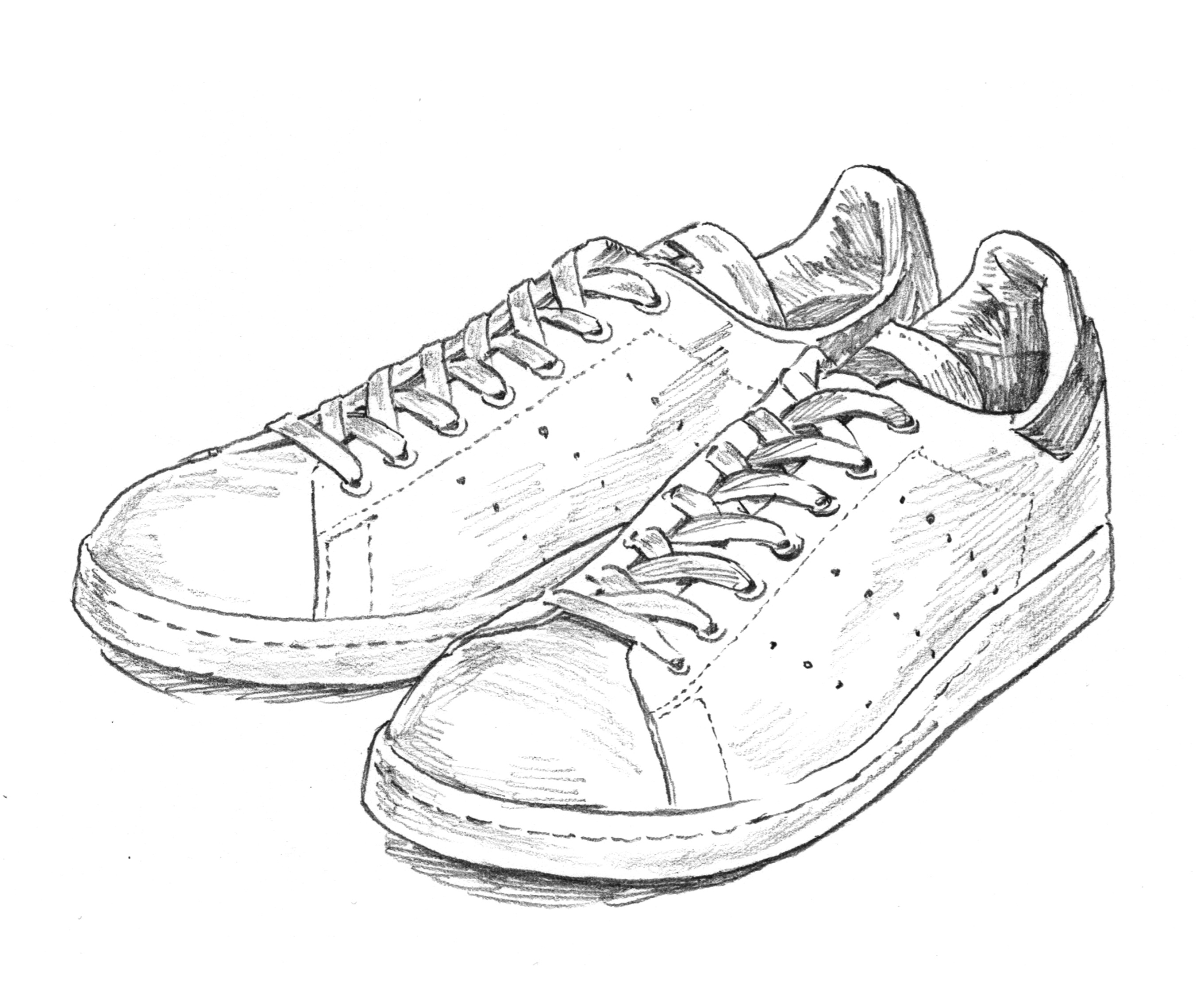
© Takeda Yoshifumi
TRENDING
-
The Tattoos that Marked the Criminals of the Edo Period
Traditional tattoos were strong signifiers; murderers had head tattoos, while theft might result in an arm tattoo.

-
Chiharu Shiota, Red Threads of the Soul
Last year, more than 660,000 people visited the retrospective 'Chiharu Shiota: The Soul Trembles' exhibit at the Mori Art Museum.

-
‘Before Doubting Others, Doubt Yourself. Who Can Truly Say a Dish Isn’t What It Used to Be?’
In ‘A Non-Conformist’s Guide to Surviving Society’, author Satoshi Ogawa shares his strategies for navigating everyday life.

-
The Story of Sada Yacco, the Geisha who Bewitched Europe
Described by Dazed magazine as the first beauty influencer, she has been restored to her former glory since 2019.

-
Ito Jakuchu's Naturalist Paintings
From 15 September until 14 October 2018, the Petit Palais showcased the artist's iconic ‘Images of the Colourful Realm of Living Beings’.





